Table of Contents
State Peoples Movement:
With the growth of British paramountacy in India, more than one-third of the people of India came under the indirect influence of the British government through the existence of the native princely states. The very creation of the native princely states was meant to subserve the colonial interests of the British government often the British referred to the princely states as ‘the bull works of the British colonialism’. However, the growth of popular movements in the native princely states was a result of much a suppression of the British as that of the princely states.
Causes For State Peoples Movement:
- The general distress among the different sections of the society in the native princely states was alarmingly high. By the end of the nineteenth century, the conditions of the peasants were deplorable, than their counterparts in British India. The artisans were the worst affected sections in the native states on accounts of general stagnation in the domestic economy and as well due to the deindustrialization of the British all over India. However, it was the middle class that spearheaded the mass movements in princely states, championing the causes of peasants and workers, against the native princes.
- The process of modernization and westernization spread also to the native princely states. As a result of English education, a newly educated intelligentsia came into being generated awareness and lead the popular movements.
- The very formation of the Indian National Congress in 1885 gave an impetus to the state’s people’s movement. The All India character of the congress, its popular programmes like the Swadeshi and Vande Mataram movements and the concept of Poorna Swaraj had a profound impact on the minds of the people of the princely states. In congress, they found an expression for these hopes and ambitions. In fact, at every movement, the princely states looked upon at congress for guidance and inspiration.
- The role of the British government and its high-handedness, in the administration of princely states, gave a new spur to the people’s movements. The British in association with the princes, resorted to all sorts of exploitation and suppression of the people. The very creation of the chamber of Indian princes in 1911 was meant to express the solidarity between the British and the native princes.
Origin of State Peoples Movement:
The origin of the state people movements lay in the very popular agrarian and civil rebellions that took place in India in the latter part of the nineteenth century. Even though all the movements were suppressed ruthlessly by the British and the native princes, they undoubtedly marked a beginning in a new direction, finally culminating in the formation of a series of democratic organizations and associations. The first step in this regard took place in the formation of Praja Parishad, a first political organization of its kind, in Baroda in 1917, to focus on all political, social and economic issues of the princely states. From 1918 the example of Baroda was very much followed by the other princely states and different local communities were formed.
The H.Butler was appointed for the promotion of better relations between the native princes and the British. However it was a move to curb the increasing tide of democracy and popular institutions. As a result, the committees recommendations were opposed by the people of princely states.
With the formation of the All India States People’s Conference in 1927 at the instance of Balwant Rai Mehta, Manmaya Lal Kotari and G.R. Abhyankar in the state of Kathiawar, the state people movement got more strengthened. The first meeting of AISPC resolved to fight for-
- the distinction between private and public finances as per the expenditure of the princes was concerned.
- local self-government is established with elected representatives.
- separation of judiciary from the execurtive.
- no arbitrary taxation on the people.
The conference stood for the overall development of the princely states and further for civil liberties. However, the AISPC suffered from its dual character. It could be anti-feudal but could not be anti-colonial altogether. Its fight against native princes was against the traditional feudal order. Till the outbreak of the Quit India Movement, the princely states did not experience anti-colonialism.
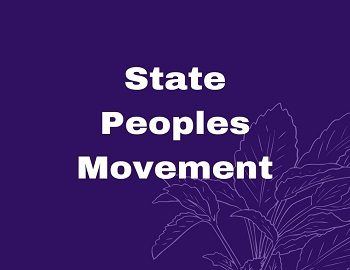
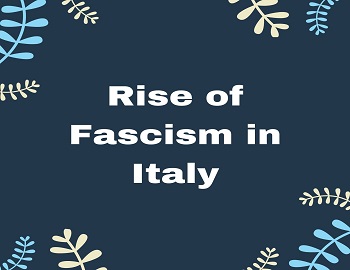
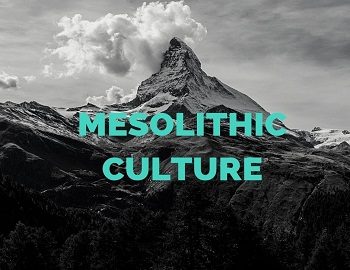
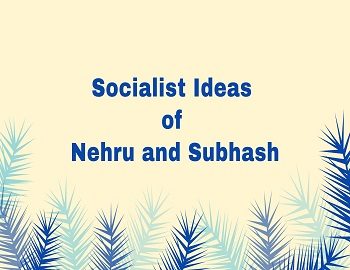


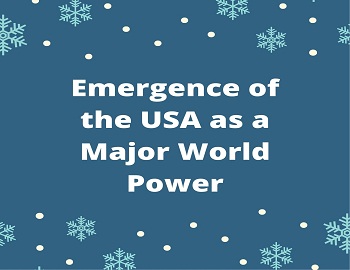
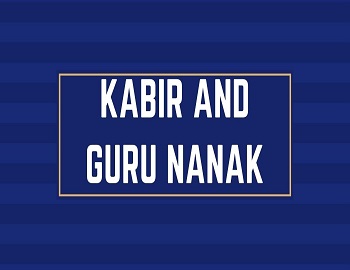
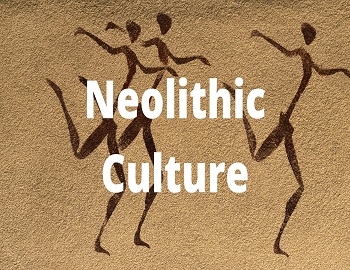
Comments (No)